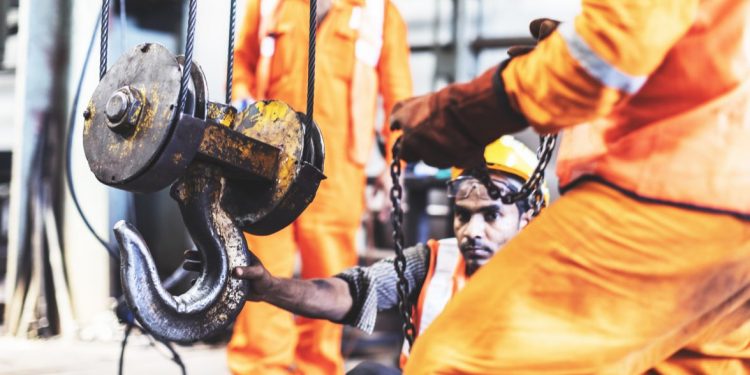On June 10, a Bangladeshi worker fell 40 metres – or about 14 storeys – to his death at a building site of an upcoming warehouse in Tuas. On the same day, a Malaysian worker fell 15 metres while unloading steel pipes from a ship. He suffered a head injury and limb fractures.
Four days before that, an SMRT technician was killed and his colleague injured when a car jack supporting the bus they were working on gave way.
In May, a supervisor and a worker collapsed and died after they entered the ballast tank of a dredging vessel without appropriate personal protective equipment (PPE). A third worker who entered the tank to rescue them also collapsed. He survived.
All these are in addition to the 23 workplace deaths this year between January and June and over 3,300 workplace injuries in the first quarter of the year. During the same period last year, there were 3,100 workplace injuries.
Although workplace injuries fell 18 per cent from 13,779 in 2019 to 11,350 in 2020, and workplace fatalities dropped from 39 to 30, the decline may have been due to the suspension of workplace activities due to COVID-19 safety measures. When activities resumed in earnest in the last three months of 2020, the injury rate returned to pre-pandemic levels.
Why the Fatalities?
Part of the reason for the numbers is the violation of workplace safety and health (WSH) measures. Inspections of work sites between January and April this year discovered more than 3,200 WSH breaches, almost double the 1,800 in the same period last year.
The safety and health oversight may be due to the pandemic. With COVID-19 safety measures come border closures. This has meant fewer workers coming in from abroad resulting in a labour crunch.
Existing workers, particularly in the construction sector, have had to work faster, longer hours and harder to meet deadlines. One common safety violation has been getting too few workers to manually lift and move heavy loads leading to back injuries or falls.
The rush to complete the work and make up for delays because of COVID-19 has also resulted in less time to conduct risk assessments at work sites, and in-house safety and health training, opening workers up to possible accidents.
With the spectre of the pandemic looming over dormitory workers and concern about their families back home, the mental health of workers has taken its toll as well. Combined with the after-effects of the virus – almost half of the migrant workers in dormitories have contracted COVID-19 – the workers may tend to be less vigilant at work, making accidents a higher possibility.
WSH coordinators who are required for construction projects below S$10 million are often foreign workers themselves who might be afraid to report safety and health lapses.
Making Workplaces Safer
To ensure fewer workplace injuries and fatalities, one measure is to conduct more inspections to spot and punish violations. Between last December and March this year, the Ministry of Manpower (MOM) conducted more than 1,000 inspections and found safety breaches at more than half the workplaces checked.
Following the fatal industrial explosion in Tuas that killed three workers and injured another seven, MOM began inspections of 500 firms that may have had combustible dust hazards. Three have since been found to have inadequate control measures and were ordered to stop work. 17 composition fines were also issued.
In the manufacturing industry, MOM inspections following six workplace deaths late last year uncovered contraventions in 55 per cent of the sites inspected. MOM issued 13 stop-work orders, 264 composition fines amounting to $303,000 and 1,270 notices of non-compliance.
Improvements to the WSH framework are underway as well. MOM plans to release a framework later in the year to emphasise safety performance in construction tenders in the public sector.
The WSH 2028 Tripartite Strategies Committee has been set up as well to recommend a set of 10-year WSH strategies aimed at Vision Zero where stakeholders are committed to preventing all forms of injury and ill health at work.
In addition, MOM underscored the importance of cooperation and commitment of companies. It has urged employers to be proactive in assessing risks and enforcing controls to prevent accidents.
Getting employers to retain workers familiar with workplace safety procedures and continue training workers to work safely might help as well as might looking to other sources of foreign workers to increase the pool.

